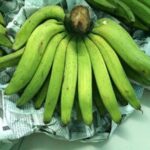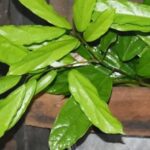When it comes to famous and popular destinations in Bac Giang, Bo Da Pagoda is definitely worth mentioning. What makes this place so special and prominent? Let’s explore and find out more in today’s article!
1. An Introduction to Bo Da Pagoda
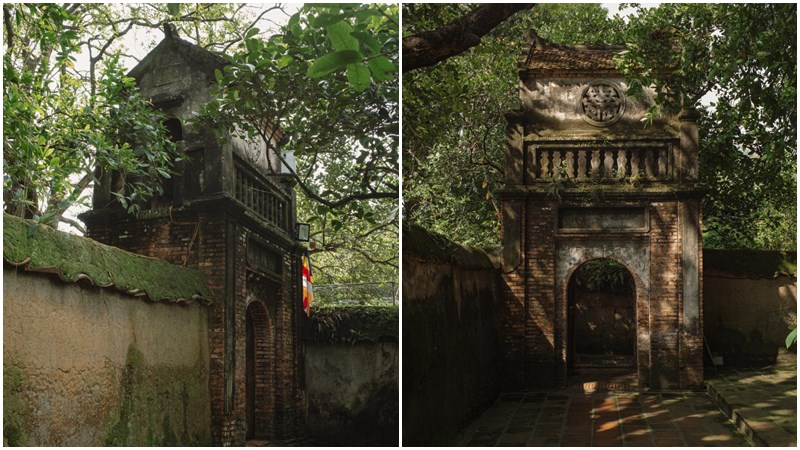 An Introduction to Bo Da Pagoda
An Introduction to Bo Da Pagoda
Bo Da Pagoda, also known as Song Quang or Song Tu Pagoda, is located in Tien Son Commune, Viet Yen District, Bac Giang Province. It is one of the oldest and most sacred pagodas in Bac Giang. Nestled at the foot of Huong Hoang Mountain in the Boda range, the pagoda offers a picturesque view of the romantic Cau River. With a history dating back to the Ly dynasty and rebuilt during the reign of King Le Du Tong, Bo Da Pagoda has become an appealing destination for those interested in spirituality and ancient culture.
Over a millennium, the Bo Da Pagoda complex has preserved its ancient beauty with structures such as the Tua Pagoda, tower garden, Tam Duc shrine, Cao Pagoda, and Mieu Pond. The pagoda has established its significance through the proverb, “Bac Bo Da, Nam Huong Tich,” and has become one of the two largest dharma halls in Bac Giang, contributing to the elevation of religion and ethnic culture. In 2016, the pagoda was recognized as a Special National Historical-Architectural Relic and now attracts numerous visitors.
2. How to Get to Bo Da Pagoda?
Traveling by Motorbike
 Traveling by Motorbike
Traveling by Motorbike
If you’re traveling by motorbike from Hanoi’s city center to Bo Da Pagoda, make sure your bike has enough fuel and is in good condition. There are two routes you can choose from:
-
Route 1: Follow National Highway 2B – Tran Phu – Ha Huy Tap, and go straight to reach Bo Da Pagoda.
-
Route 2: Take Nguyen Quy Duc – Ho Chi Minh Road (Highway 1A) – Thang Long Bridge – Ha Huy Tap to get to Bo Da Pagoda.
Traveling by Bus
 Traveling by Bus
Traveling by Bus
If you prefer traveling by bus from Hanoi to Bo Da Pagoda, it’s essential to research the schedules and suitable bus routes. Common bus lines include numbers 34, 52, 57, 58, 73, 76, 77, 78, 96, 99, and 214. Once you reach Vinh Phuc, you can conveniently take a taxi or motorbike taxi to the pagoda.
3. The Ideal Time to Visit Bo Da Pagoda
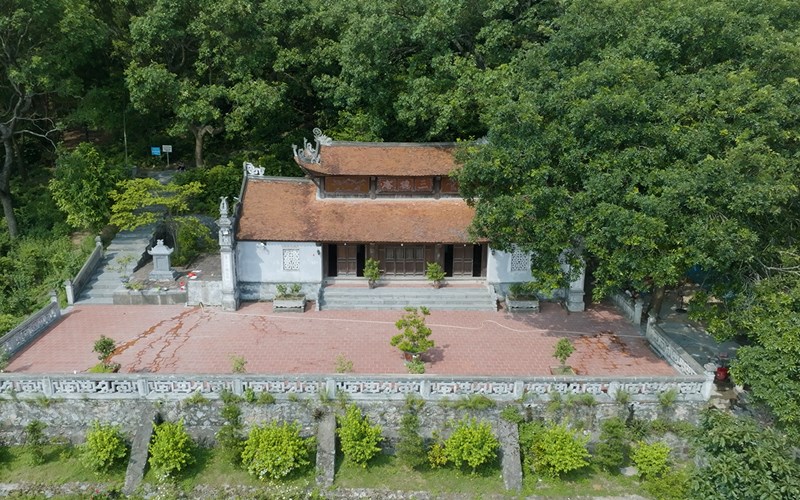 The Ideal Time to Visit Bo Da Pagoda
The Ideal Time to Visit Bo Da Pagoda
Visitors can explore the pagoda at any time of the year, but it’s best to avoid the rainy months from April to October due to slippery conditions. The ideal time to visit is during the dry and cold season from November to March, when the weather is cooler and the roads are more accessible. Notably, the spring festival and the death anniversary of the founder of the Zen sect take place on the 16th, 17th, and 18th of the second lunar month, attracting a large number of tourists. It’s worth noting that the pagoda is open from 7 AM to 11 AM and then from 1:30 PM to 4 PM.
4. Fascinating Facts About Bo Da Pagoda
Ancient Architecture of the Pagoda
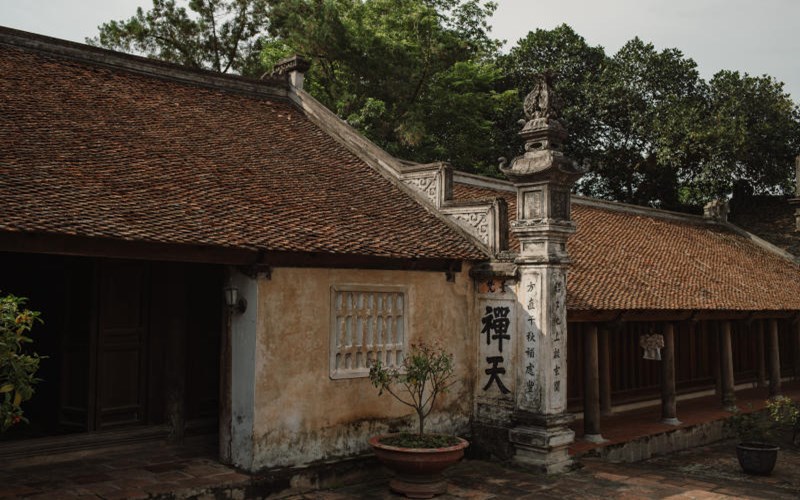 Ancient Architecture of the Pagoda
Ancient Architecture of the Pagoda
Bo Da Pagoda boasts a unique architectural style compared to traditional pagodas in Northern Vietnam. It is constructed using materials such as burnt bricks, tiles, ceramic jars, and earthen walls. The architecture creates a serene and sacred atmosphere with its lush bamboo groves and sturdy earthen walls. The pagoda features intricate carvings with diverse themes, including floral patterns, mythical creatures, and the four spiritual animals. It also houses a valuable collection of Sino-Vietnamese literature and the oldest wooden Buddhist scripture printing blocks in Vietnam, consisting of over 2000 woodblocks.
Earthen Walls – The Most Unique Feature of Bo Da Pagoda
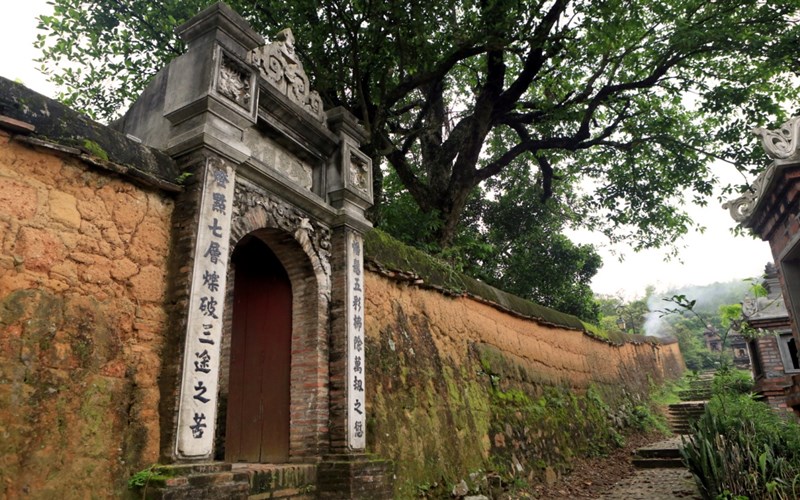 Earthen Walls – The Most Unique Feature
Earthen Walls – The Most Unique Feature
Surrounding the inner sanctuary of Bo Da Pagoda is a unique system of earthen walls made of red soil and pebbles, standing tall at heights ranging from 1.8 meters to 5 meters and built in the traditional wall-building style. The wall tops are covered with various materials, such as jars, vases, and ceramics from Tho Ha. Despite the passage of time and exposure to the elements, these walls retain their ancient beauty, with their color fading and the growth of moss, adding to the serenity and uniqueness of the pagoda’s surroundings.
The Largest Tower Garden in Vietnam
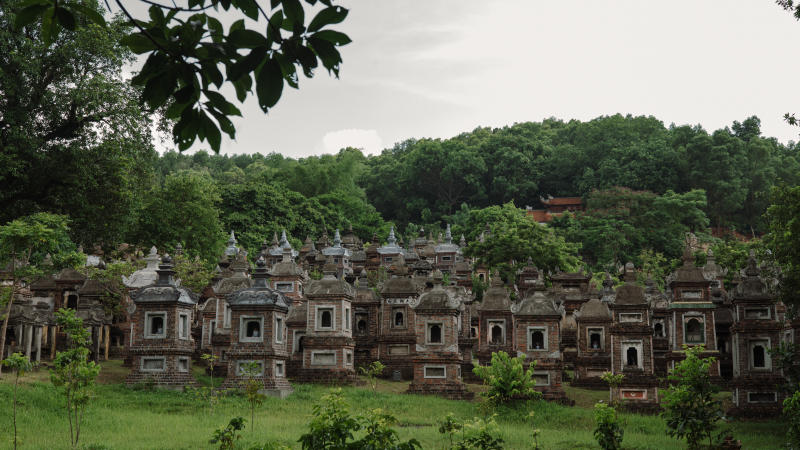 The Largest Tower Garden
The Largest Tower Garden
The tower garden of Bo Da Pagoda houses 110 towers and tombs, including 97 ancient towers that hold the cremated remains of 1214 Buddhist monks and nuns of the Lam Te Zen sect. The towers are constructed using traditional brick and stone techniques, with each tower containing between 4 and 26 bodies and featuring arched doors facing northeast.
Vietnam’s Heritage Trees
Bo Da Pagoda stands out with its ancient trees, including banyan, elm, and pine trees, recognized as Vietnam’s Heritage Trees by the Vietnam Association for Nature and Environment Protection. Beyond its ancient beauty, the pagoda also preserves special architectural, cultural, and festival values. Visitors not only get to admire the scenery but also delve deeper into the significance of this sacred place.
Bo Da Pagoda Festival
 Bo Da Pagoda Festival
Bo Da Pagoda Festival
The Bo Da Pagoda Festival takes place in early spring, usually around the end of the year and the beginning of the new lunar year. It has been recognized as a National Intangible Cultural Heritage. The specific timing depends on the Lunar New Year (the 1st of the first lunar month), serving as an important occasion to honor and seek blessings for the coming year.
During the festival, the pagoda is adorned lavishly, creating a festive and mystical atmosphere. Local people and tourists flock to the pagoda to participate in religious and cultural activities, welcoming the new year and praying for peace and good fortune.
5. Destinations Within the Scenic Complex of Bo Da Pagoda
Tua Pagoda
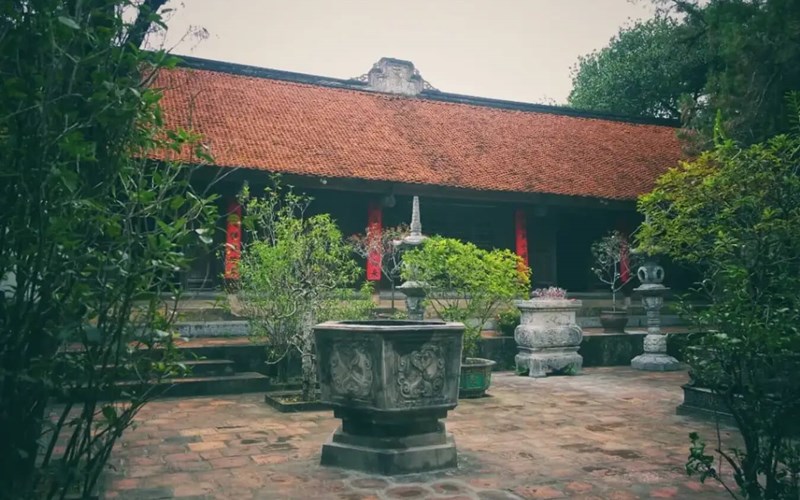 Tua Pagoda
Tua Pagoda
Tua Pagoda is the main pagoda within the Bo Da Pagoda complex, featuring wooden architecture, curved tile roofs, tiled floors, and earthen walls. It currently consists of 16 buildings and a total of 92 rooms, dating back to the Le and Nguyen dynasties and retaining their original beauty. Inside, the worship system of Bo Da Pagoda mainly consists of wooden Buddha statues and gold-gilded art. The arrangement of the worship space respects and promotes the art of gold-gilding on panels, couplets, frames, and pillars.
Tower Garden
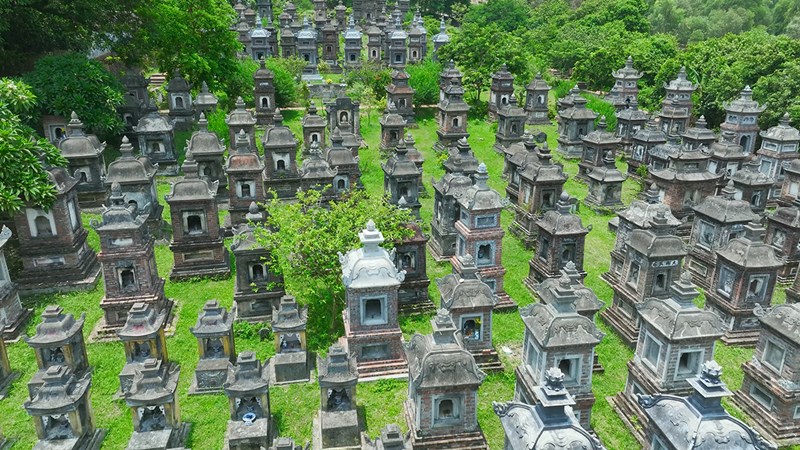 Tower Garden
Tower Garden
The ancient tower garden of Bo Da Pagoda is where the most serene and profound atmosphere can be found. With over 100 towers, it serves as the resting place for more than 1000 monks and nuns of the Lam Te Zen sect. Each tower stands between 3 and 5 meters tall, with 3 to 4 stories, built following the mountain’s incline and placed according to the regulations of the Zen sect. This Tower Garden is considered one of the most beautiful burial tower areas in Vietnam.
Tam Duc Shrine
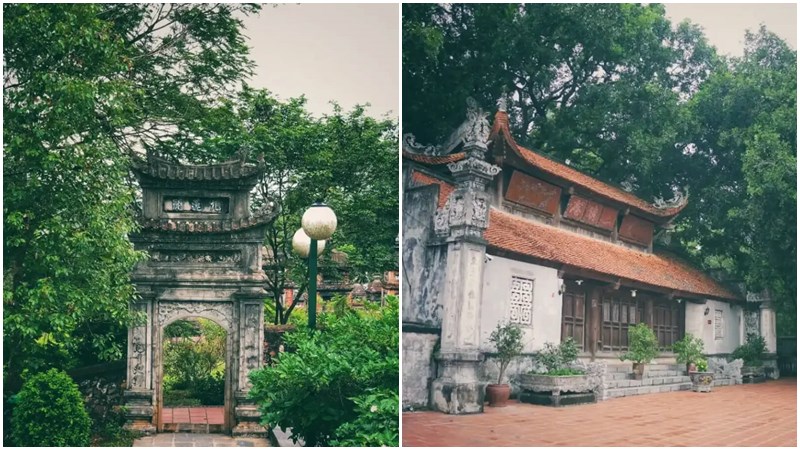 Tam Duc Shrine
Tam Duc Shrine
Tam Duc Shrine is a large shrine located in the ancient tower garden and positioned at a higher elevation. From the entrance to the tower garden, you can spot the Tam Duc Shrine; however, as it is a private meditation space, access for visitors is limited. In front of the shrine is a spacious courtyard where visitors can stand and admire the ancient towers.
The exterior decoration of the Tam Duc Shrine showcases traditional craftsmanship, featuring mother-of-pearl inlaid wood and wooden doors with wooden columns to allow natural light. The shrine’s roof has two layers with dragon-shaped eaves, cloud patterns, and Qilin figures.
Cao Pagoda
 Cao Pagoda
Cao Pagoda
Cao Pagoda is situated near Tam Duc Shrine, on a small slope. What sets this pagoda apart is the worship of a golden Quan Am statue. The white-colored pagoda is nestled amidst a lush green forest and features a natural courtyard resembling a skylight. Day and night, this courtyard receives the essence of the sun and moon, creating a sacred space. According to folk beliefs, when the sun and moon are in harmony, all endeavors will be successful, and family life will be more prosperous. As a result, many visitors come here to pray for children.
Temple of Duc Thanh Hoa
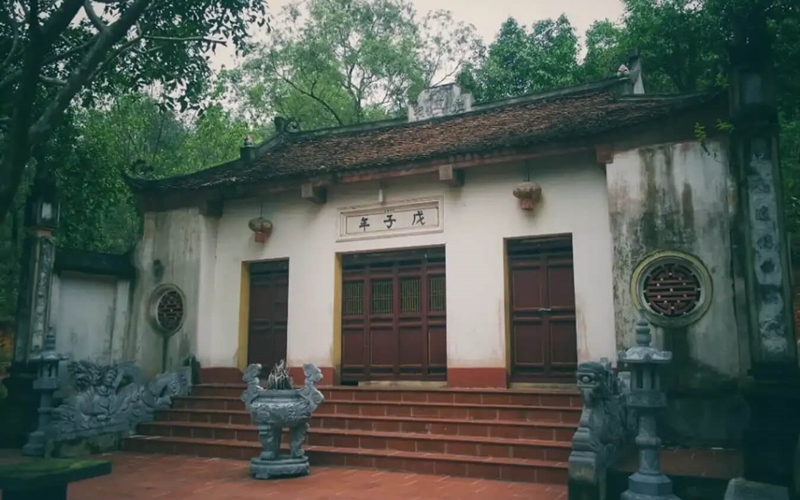 Temple of Duc Thanh Hoa
Temple of Duc Thanh Hoa
The Temple of Duc Thanh Hoa is dedicated to Tran Hung Dao and honors his contributions to the country, particularly in fighting against foreign invaders. This small temple symbolizes the long-standing folk beliefs in Vietnam. Located at the foot of Bo Mountain, the temple also pays tribute to the heroic martyrs who sacrificed their lives during the resistance wars against the French and Americans.
Ba Chua Kho Temple
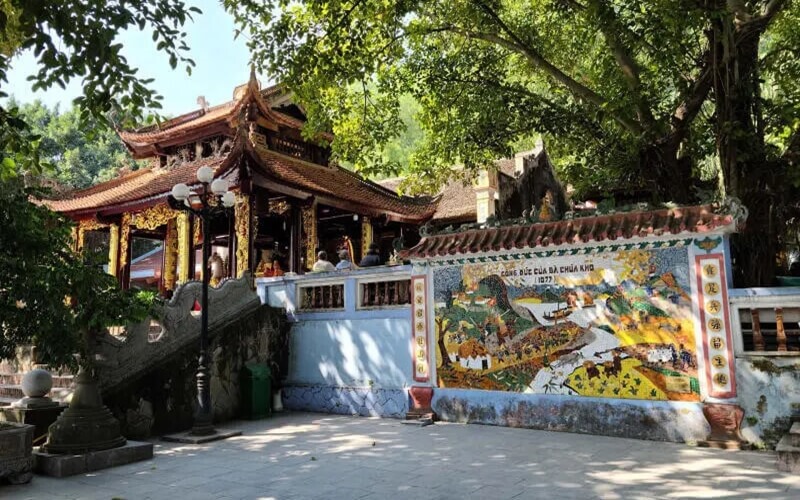 Ba Chua Kho Temple
Ba Chua Kho Temple
Ba Chua Kho Temple is a significant spiritual site for the folk belief in the Mother Goddess in Northern Vietnam. Ba Chua Kho is revered as a meritorious official who accompanied Ly Thuong Kiet in the land reclamation and battles against foreign invaders. Every year during the Lunar New Year, the temple attracts a large number of people who come to pray for wealth, luck, peace, and prosperity.
6. Tips for Visiting Bo Da Pagoda
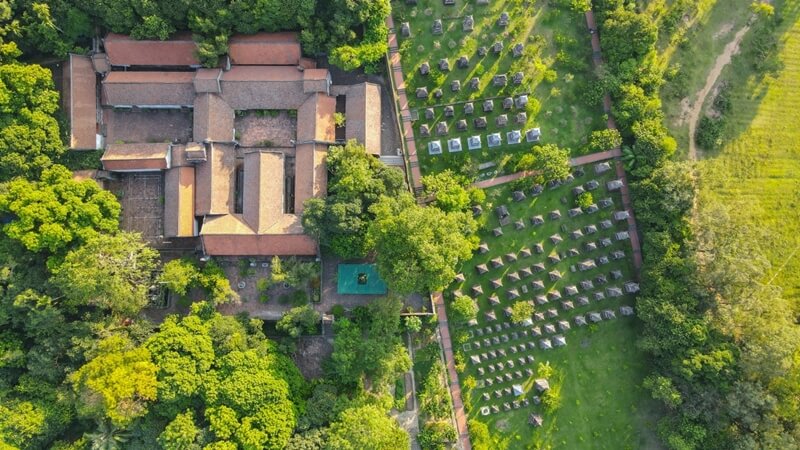 Tips for Visiting Bo Da Pagoda
Tips for Visiting Bo Da Pagoda
When visiting Bo Da Pagoda, keep in mind the following tips to ensure the best possible experience:
-
Respect the no-photography and no-video-recording signs in designated areas to maintain the sanctity of the spiritual space and
Taste Bud Tour: A Culinary Journey Across Vietnam, Starting at Just 1,000 VND. Exclusive to ShopeeFood Festival.
The ShopeeFood suggestions will take you on a culinary journey across Vietnam, right from the comfort of your home. Indulge in the unique and enticing flavors of the region with our carefully curated list of dishes, each representing the essence of their respective locales. It’s a delicious exploration of the country’s diverse and vibrant food culture, one that will tantalize your taste buds and leave you wanting more.



























